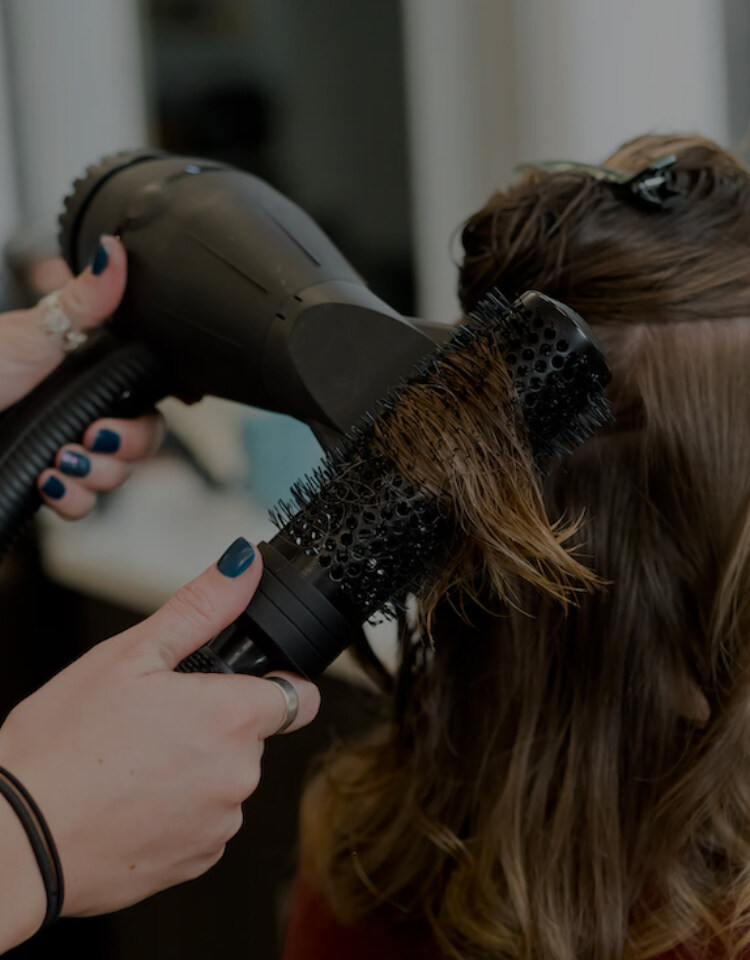Email cannot be empty
Password cannot be empty
Email format error
Email cannot be empty
Email already exists
6-20 characters(letters plus numbers only)
The password is inconsistent
Email format error
Email cannot be empty
Email does not exist
6-20 characters(letters plus numbers only)
The password is inconsistent

News

The Science Behind Hair: Understanding the Structure and Growth of Your Locks

Introduction
Have you ever wondered why your hair grows the way it does? Or why do some people have curly hair while others have straight hair? The answers lie in the science behind hair—the structure and growth of our locks.
The Composition of Hair
Hair is made up of a protein called keratin, which is also found in our nails and skin. The hair follicle, located beneath the surface of the skin, is responsible for producing hair. Each hair follicle has a sebaceous gland, which produces sebum, an oily substance that moisturises and protects the hair and scalp.
The Structure of Hair
The structure of hair can be divided into three main parts: the cuticle, cortex, and medulla. The cuticle is the outermost layer of the hair shaft and consists of overlapping scales. It acts as a protective barrier, preventing damage to the inner layers of the hair. The cortex is the middle layer and contains the pigment that gives hair its colour. It also provides strength and elasticity to the hair. The medulla, found in some hair types, is the innermost layer and is responsible for the hair’s overall thickness.
The Hair Growth Cycle
Hair growth occurs in cycles, with each hair follicle going through a growth phase (anagen), a resting phase (telogen), and a shedding phase (catagen). The anagen phase is the active phase of hair growth, during which the hair follicle produces new cells that form the hair shaft. This phase can last anywhere from two to seven years, depending on genetics and other factors. The length of the anagen phase determines the maximum length that a person’s hair can grow. The telogen phase is the resting phase, during which the hair follicle is not actively producing new cells. This phase lasts for about three months, after which the hair enters the catagen phase. In the catagen phase, the hair follicle shrinks and detaches from the blood supply, leading to the hair shaft being pushed out and eventually shedding. On average, we shed about 50 to 100 hairs per day.
The Influence of Hair Texture
The texture of our hair, whether it is straight, wavy, or curly, is determined by the shape of the hair follicle. If the follicle is round, the hair grows straight. If it is oval, the hair grows wavy. And if it is flat, the hair grows curly. The shape of the follicle is determined by genetics, which is why hair texture tends to run in families.
Factors Affecting Hair Growth
Hair growth can be influenced by various factors, including age, hormones, nutrition, and overall health. As we age, the rate of hair growth slows down, and the hair may become thinner and more prone to breakage. Hormonal changes, such as those that occur during pregnancy or menopause, can also affect hair growth. Nutritional deficiencies, particularly of vitamins and minerals like biotin, zinc, and iron, can lead to hair loss or thinning.
Taking Care of Your Hair
Understanding the science behind hair can help us take better care of our locks. Regularly washing and conditioning the hair, using heat protectants before styling, and avoiding harsh chemical treatments can help maintain the health and integrity of the hair. Eating a balanced diet rich in vitamins and minerals can also promote healthy hair growth.
Conclusion
In conclusion, our hair is a fascinating part of our body, and its structure and growth are governed by scientific principles. By understanding the science behind hair, we can better appreciate and care for our locks. So next time you look in the mirror, take a moment to marvel at the intricate science that makes up your beautiful hair.

